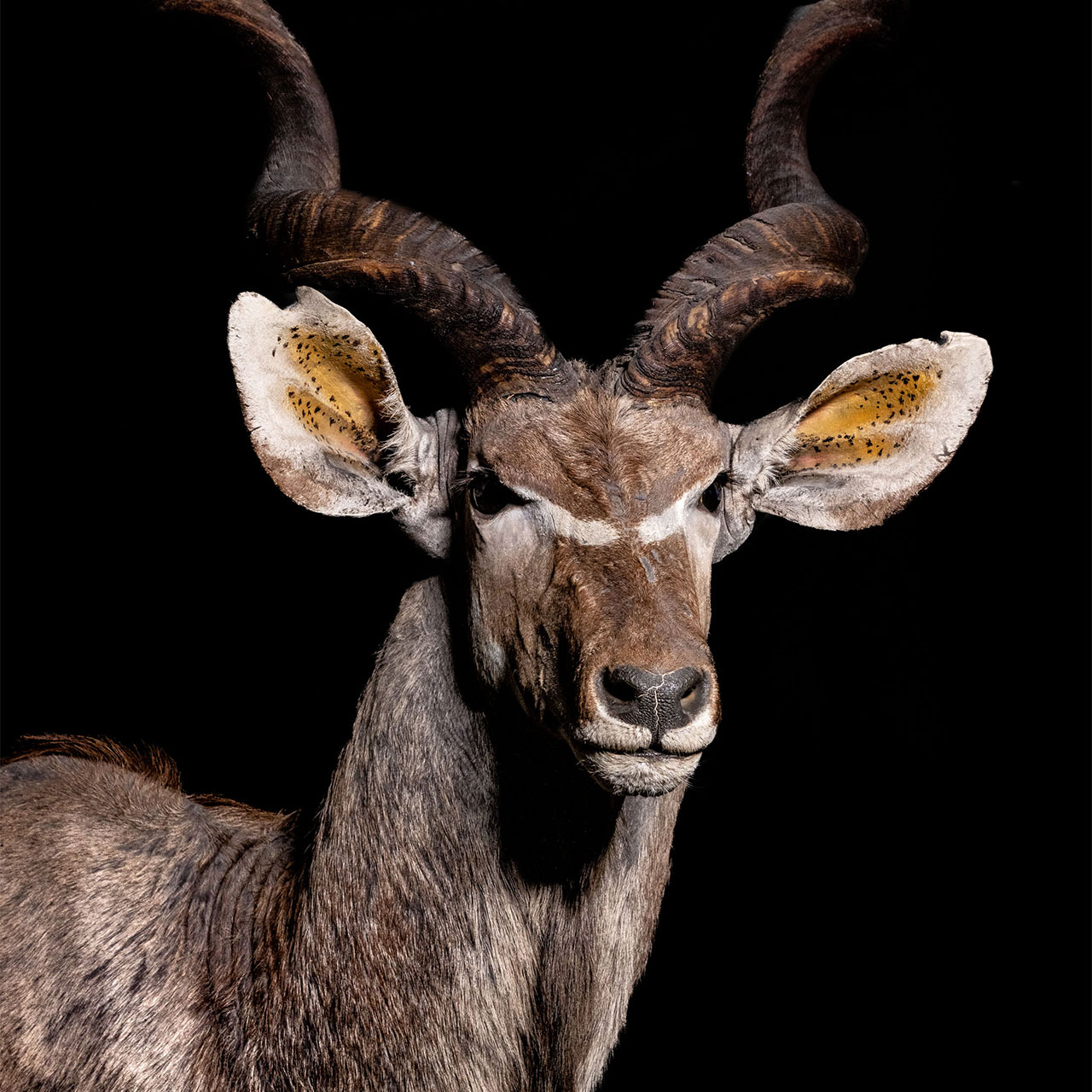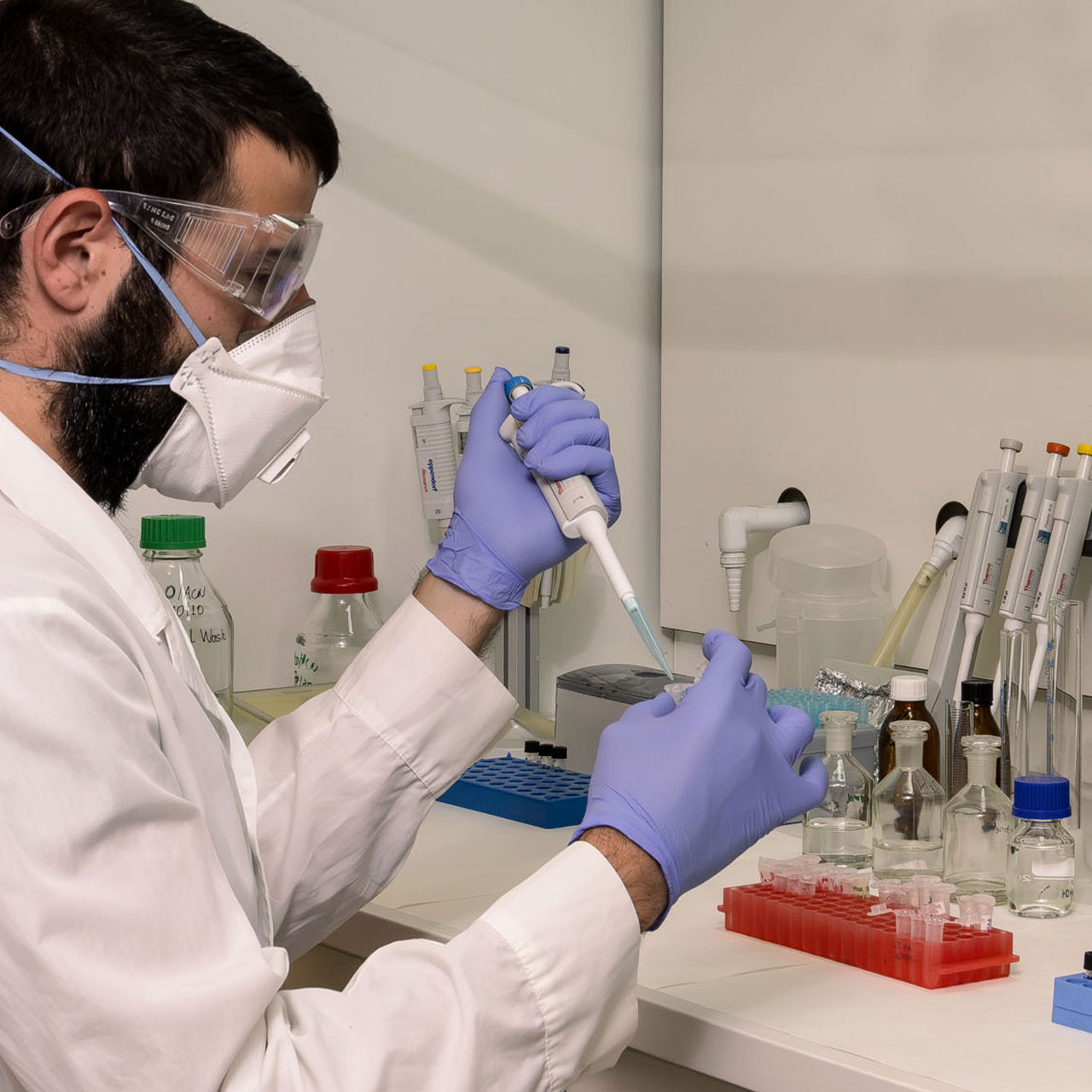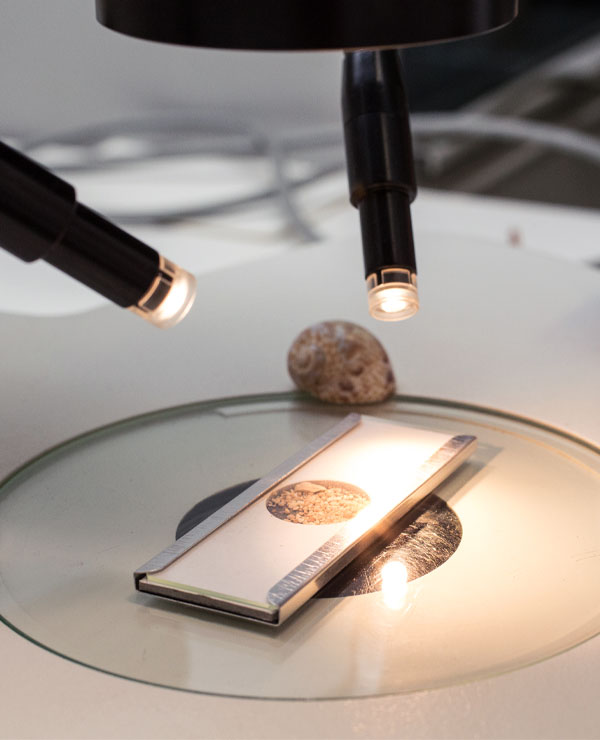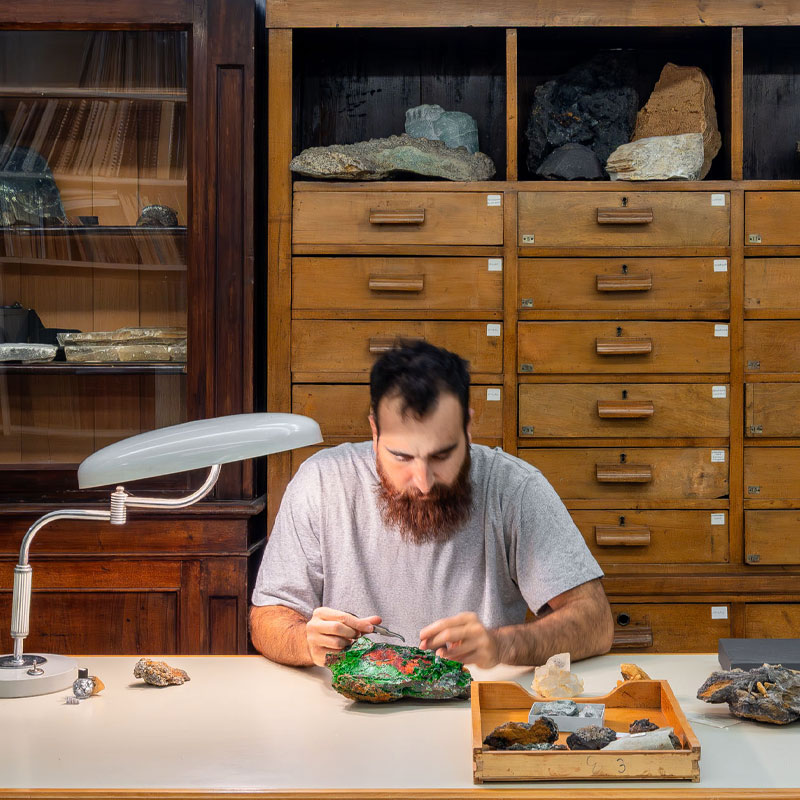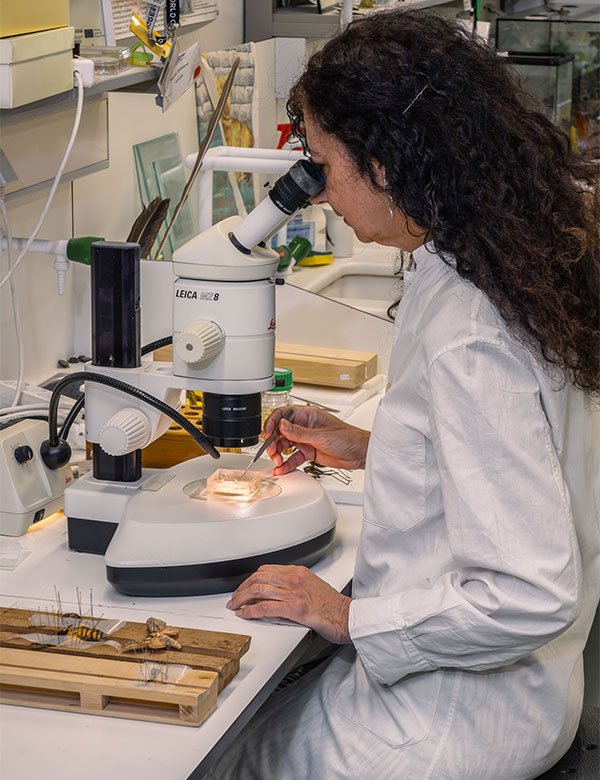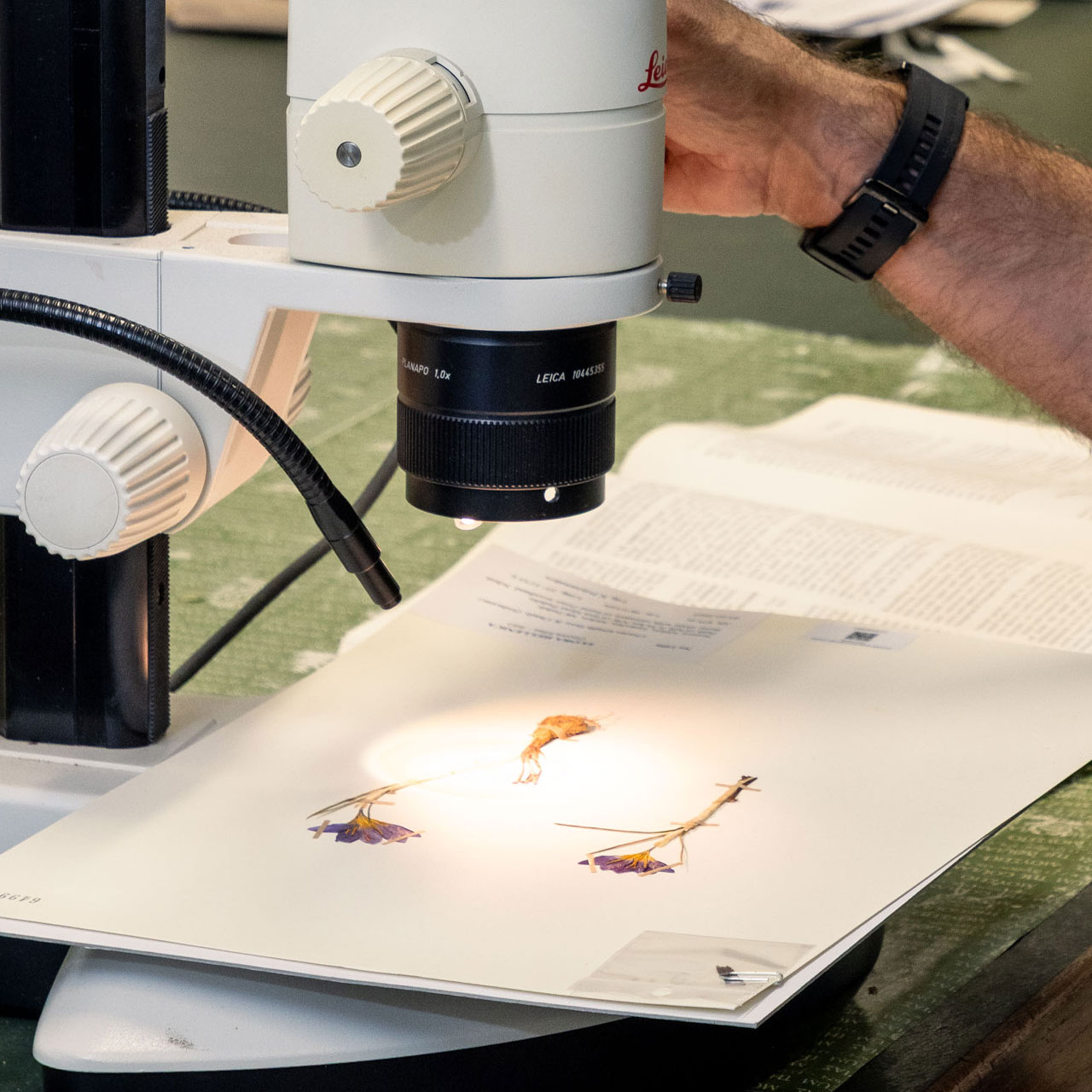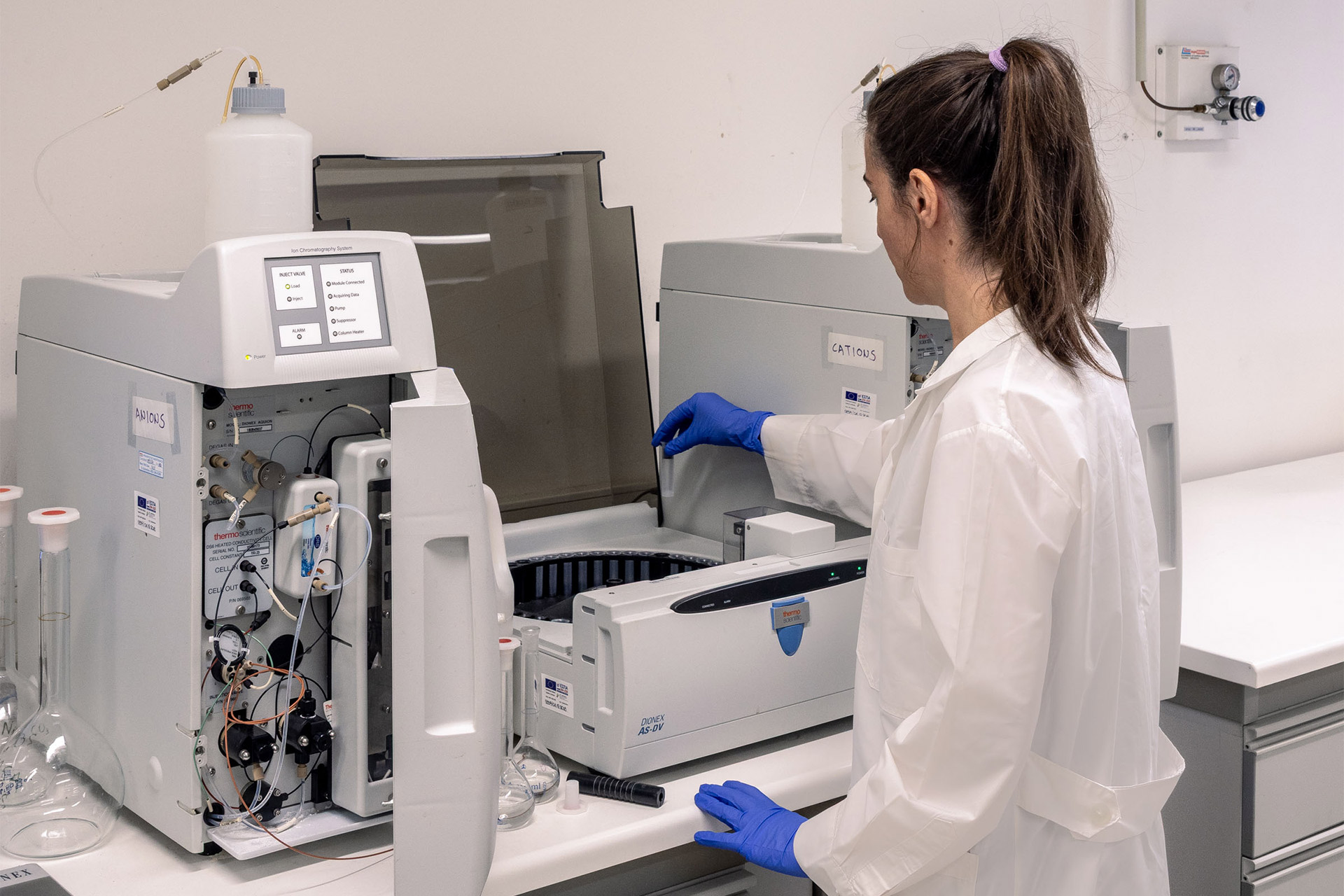
Soil Ecology And Biotechnology Laboratory
The Goulandris Natural History Museum has embarked upon research designed to develop tools for the assessment of our policies towards the sustainable management of terrestrial resources since the late ’80s.
In the late ‘90s, research capabilities were considerably strengthened by equipping the Ecology and Biotechnology Laboratory with state-of-the-art analytical instruments for measuring soil, water and specific atmospheric pollutants. Research is now focused in the sustainable management of agricultural land for the purpose of reducing chemical pollution, conserving our natural resources while at the same time enhancing production. The research programmes of the laboratory have been extended, in close collaboration with other laboratories in Greece, the European Union, the United States and Australia, in the following multidisciplinary and technological fields:
Development of sustainable management practices in agriculture
Use of soil quality indicators, molecular techniques and remote sensing technologies for the reduction of chemical inputs in agro-ecosystems. Examples include research programmes that monitor cotton and vine development in the field, and the biological control of the olive fruit fly in Mediterranean-type ecosystems.
Environmental impact of agricultural and industrial by-products
Examples of studies in this research category include: the assessment of heavy metal toxicity in the food industry, the quantification of greenhouse gases emitted by animal husbandry, the impact of municipal and industrial sludge upon application on agricultural land and the monitoring of groundwater pollution by the measurement of stable nitrogen isotopes.
Biological treatment and safe recycling of urban, agricultural and industrial wastes
The laboratory is involved in developing novel composting technologies for the biological treatment and safe recycling of solid animal and municipal wastes. An application of this research is the production of high quality soil conditioners for the improvement of urban parks and the rehabilitation of perturbed soils.
Laboratory Equipment
Spectrometers
Analytical Instruments:
– ICP (with axial & radial view)
– UV-Vis Spectrometer
Environmental Applications:
– Major & trace elements, heavy metals
– Anions, cations, DNA
Chromatographs
Analytical Instruments:
– GC (portable)
– Ion Chromatograph
Environmental Applications:
– Permanent gases, volatile compounds
– Anions, cations
Mass Spectrometer
Analytical Instruments:
– Isotope Ratio MS (with EA & GC)
Environmental Applications:
– 13/12C, 15/14N, 18/16O, 34/32S, H/D in soil, liquid & gas samples
Autoanalyzer
Analytical Instruments:
– Total Organic Carbon
– Thermal Cycler – PCR
– Composter
Environmental Applications:
– Organic, inorganic carbon
– DNA amplification
– Treatment of solid organic wastes
Laboratory Personnel

Stamatis Stamatiadis, Head of Research, Ph.D. Soil Ecology (State University of New York, Syracuse). Calliopi Christofides, Ph.D. Plant Biotechnology (Kings College, London). Eleftheria Tsadila, B.Sc. Environmental Sciences (University of the Aegean). Undergraduate and post-graduate students.

